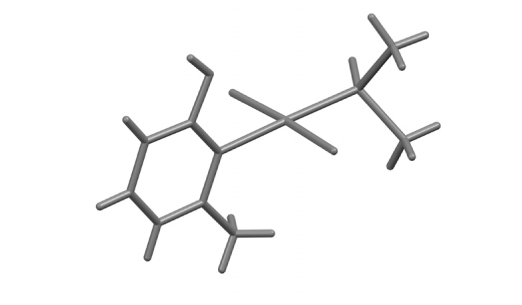The crystal structure of a novel Pt(II) complex with 2-hydroxy-6-methylpyridine (Hmhp), trans-[PtCl2(dmso)(Hmhp)]·H2O
DOI:
https://doi.org/10.17344/acsi.2015.1433Keywords:
Crystal structure, Platinum(II) coordination chemistry, 2-Hydroxy-6-methylpyridine ligand, Dmso ligand, Hydrogen bondingAbstract
A novel platinum(II) complex with 2-hydroxy-6-methylpyridine (Hmhp),
trans-[PtCl2(dmso)(Hmhp)]·H2O, crystallizes in the space group P 21/n with
a = 11.5505(1) Å, b = 8.9467(1) Å, c = 14.6047(2) Å and β = 112.3919(6)°. Platinum ion is in the expected square-planar environment. The 2-hydroxy-6-methylpyridine ligand is coordinated to the metal ion in a monodentate manner via nitrogen. The plane of the aromatic ligand is nearly perpendicular to the platinum coordination plane. Pt(II) ion is shielded with pyridine ortho substituents above and below the square coordination plane of platinum. Hydrogen bonding between the complex molecules and the water molecules of crystallization produces infinite two-dimensional layers. Weak intermolecular interactions of the C–H···Cl type link the layers into a three-dimensional structure.

Downloads
Published
Issue
Section
License
Except where otherwise noted, articles in this journal are published under the Creative Commons Attribution 4.0 International License
